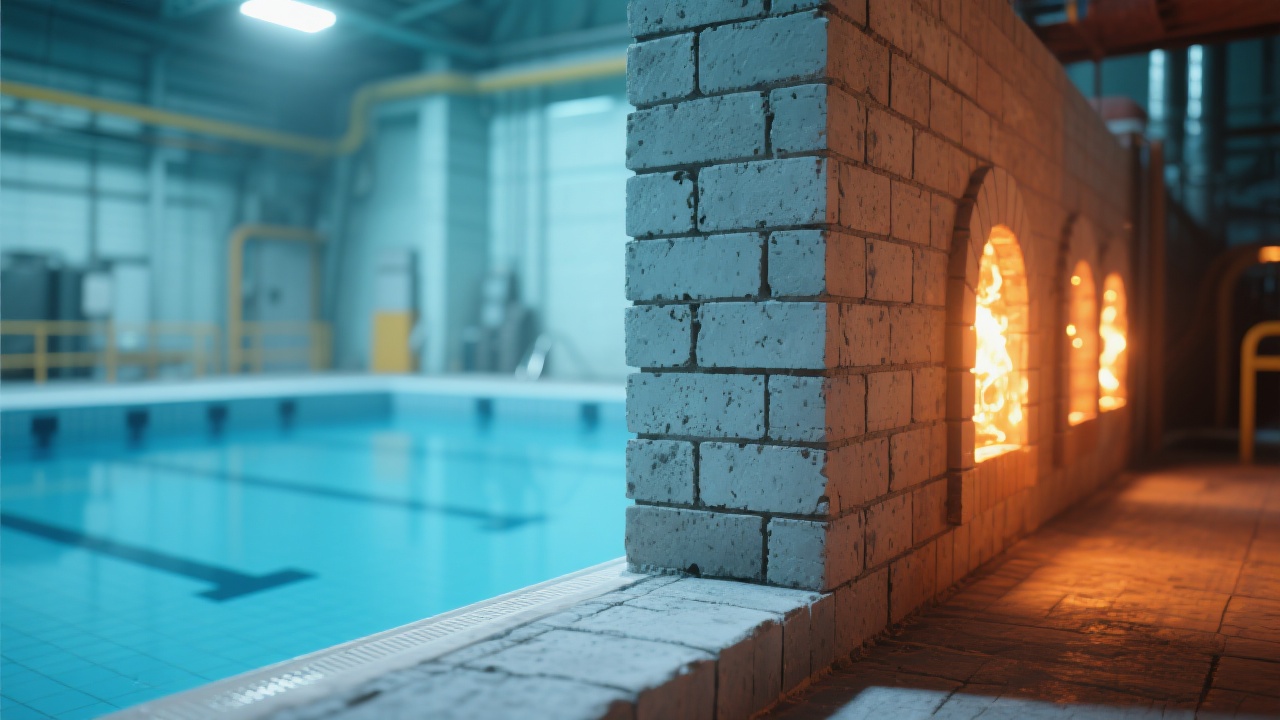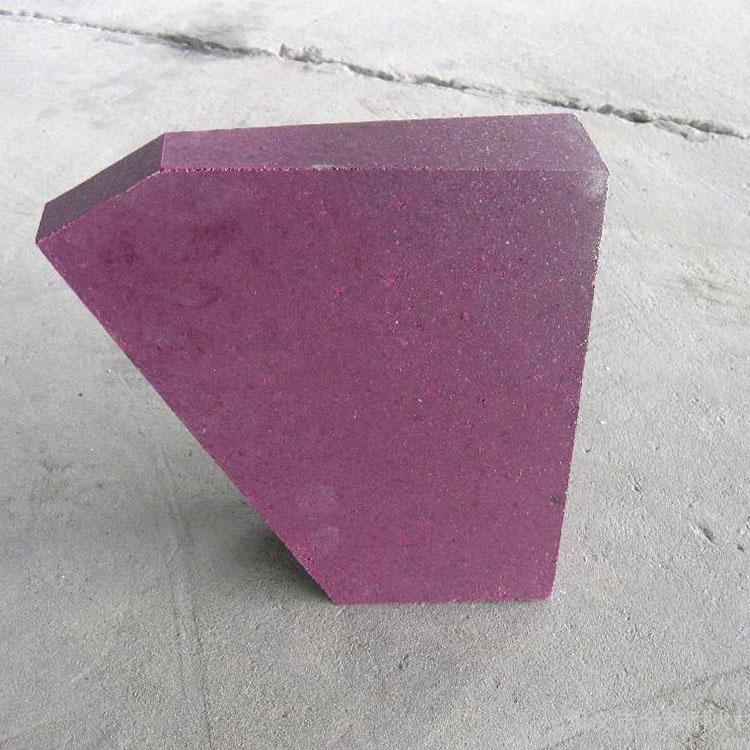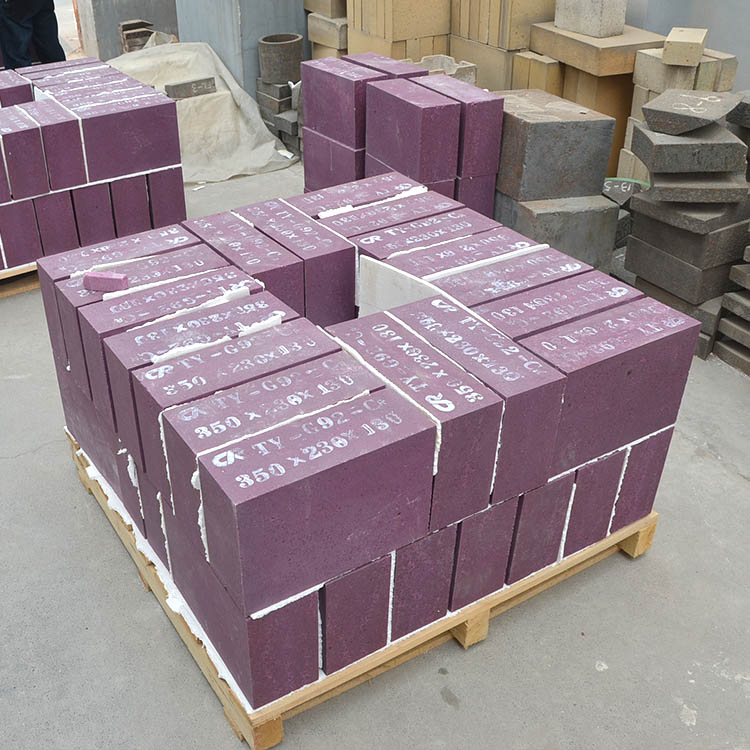
The steel industry's relentless pursuit of enhanced productivity and sustainability is driving innovation in refractory materials used within steel melting furnaces. Traditional high-alumina bricks, long relied upon for lining furnace interiors, face critical challenges under rapid thermal cycling—leading to premature failure and elevated operational costs. This study presents andalusite refractory bricks as a superior alternative, detailing their structural advantages, enhanced durability, and energy-saving potential in steel furnace applications.
High-alumina bricks, characterized by alumina content exceeding 70%, have been the industry standard due to their high melting points and chemical stability. However, their performance under rapid temperature fluctuations—common in modern steel melting processes—is often suboptimal. Such rapid thermal shocks cause microcracking and spalling, reducing the overall lifespan of furnace linings. Quantitative studies indicate a typical service life reduction of up to 30% when subjected to frequent temperature changes exceeding 100°C/min.
Andalusite (Al2SiO5) is a naturally occurring alumino-silicate mineral whose unique crystalline framework imparts exceptional thermal stability and resistance to thermal shock. With a higher thermal expansion compatibility to furnace refractory linings and thermal conductivity optimized for controlled heat dissipation, andalusite bricks reduce stress concentrations significantly.
| Performance Metric | High-Alumina Brick | Andalusite Brick |
|---|---|---|
| Thermal Shock Resistance (cycles) | Approx. 50 | Approx. 120 |
| Cold Crushing Strength (MPa) | 80–120 | 150–180 |
| Service Life (months) | 6–9 | 12–18 |
| Thermal Conductivity (W/m·K at 1000°C) | 2.2 | 1.8 |
A leading steel producer in Northern Europe implemented a pilot program replacing high-alumina bricks in their electric arc furnace with andalusite refractory bricks. Over a 12-month period, the furnace demonstrated:
The crystalline stability of andalusite proved instrumental in mitigating the typical microfractures caused by rapid temperature variations, aligning with the study’s thermal shock resistance data.
With global climate objectives tightening, steel manufacturers are under increasing pressure to optimize energy usage and reduce carbon emissions. Andalusite bricks contribute to this goal by:
Choosing the right refractory lining is a key decision that impacts lifecycle cost, environmental footprint, and process reliability. Andalusite’s proven performance in addressing rapid temperature changes and mechanical stresses aligns precisely with these business imperatives.

When comparing refractory brick options, selection should be data-driven. Table 2 below summarizes typical operational benefits over a standard furnace campaign.
| Parameter | High-Alumina Brick | Andalusite Brick | Improvement |
|---|---|---|---|
| Average Refractory Life (months) | 8 | 14 | +75% |
| Maintenance Frequency (shutdowns/year) | 3 | 1.8 | -40% |
| Energy Consumption (kWh/ton steel) | 450 | 360 | -20% |
Rapid temperature changes in steel furnaces cause severe thermal shock damage to refractory bricks, triggering fissures and compromising furnace integrity. The cost implications involve both direct repair expenses and indirect production losses due to downtime. Andalusite bricks address these challenges by absorbing and redistributing thermal stress more effectively.

Their adoption supports not only enhanced operational resilience but also aligns with sustainability goals by reducing resource consumption and lowering CO2 emissions inherently tied to furnace maintenance and replacement cycles.
Industry experts forecast that by 2030, more than 40% of steel producers will transition to advanced alumino-silicate materials like andalusite, driven largely by regulatory pressures and life-cycle cost optimization. Increasing furnace automation and thermal management technologies further complement the performance benefits of these bricks, facilitating integrated solutions for future-ready steel plants.

Selecting refractory bricks based on robust scientific evidence and operational data is vital. Andalusite bricks meet this demand as proven materials with tangible economic and environmental advantages.


